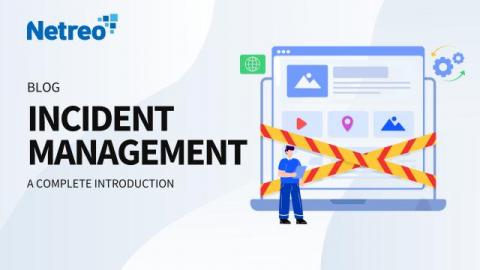New features summer wrap-up: Evolving ChatOps, AI-assisted Incident Comms, and Time-based alert grouping
It is time to sum up the product updates that we introduced during summer 2023. As always, our focus has been on minimizing limitations in the incident response process and accelerating the workflow from acknowledgment to resolution. We invite you to contribute to the ilert roadmap by submitting your feature and improvement ideas here.











